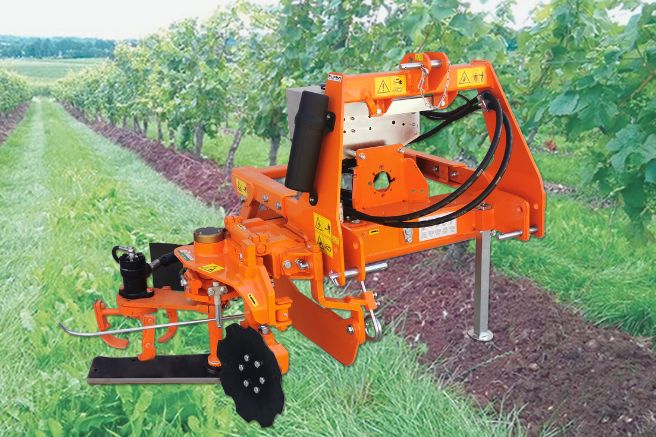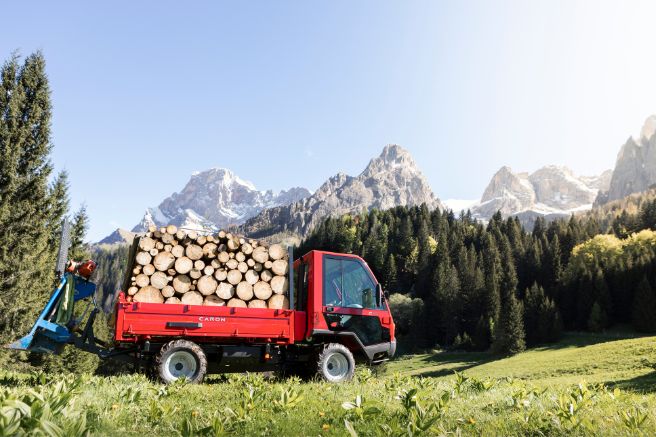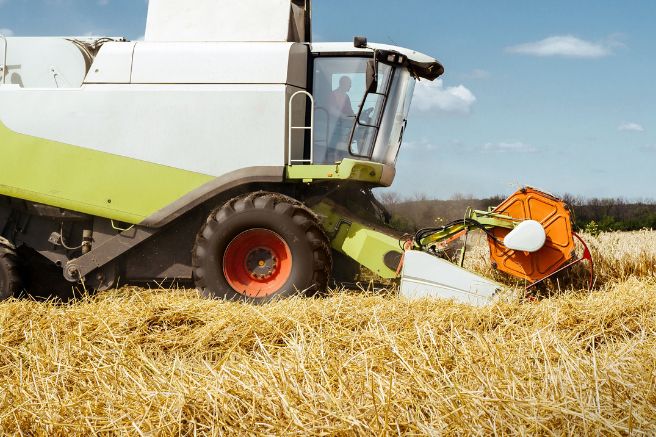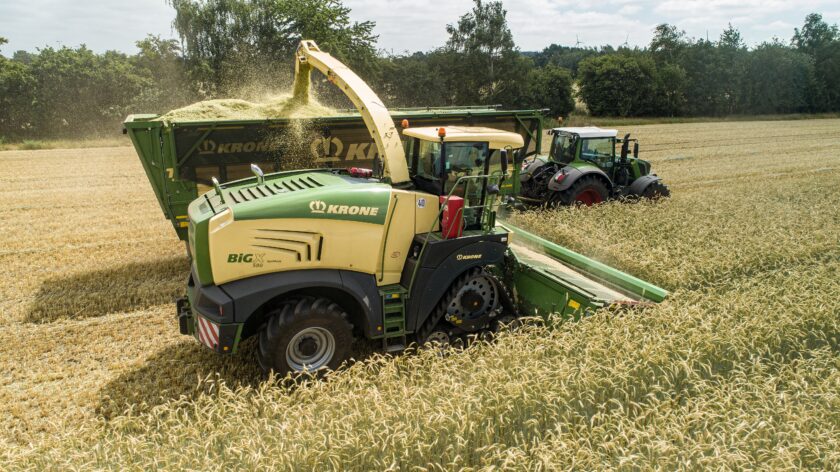
Haymaking practices encompass a variety of crops, each requiring different technical and managerial approaches. Although producing hay and ensuring multiple cuts per year, a field cultivated with alfalfa differs from one with ryegrass or a mixed meadow. Additionally, autumn-winter cereals such as barley and triticale are harvested in mid-spring when their grains reach a milky-waxy stage of maturity.
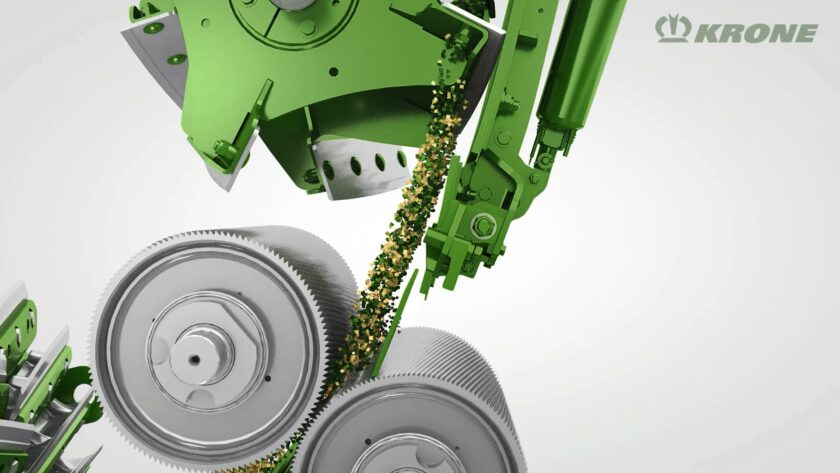
This results in a single annual cut with attached shredding, capable of yielding several tons of green material for the farm. For instance, some hybrid barley varieties can produce up to one hundred tons per hectare, significantly more than the approximately 60 tons per hectare typically harvested from maize for silage. However, the material to be processed is profoundly different, as maize has a much tougher stalk to chop compared to the stems and leaves of barley and triticale. Additionally, maize has higher levels of lignin and cellulose, further complicating the harvesting process.
“Big X1180” – The World’s Most Powerful
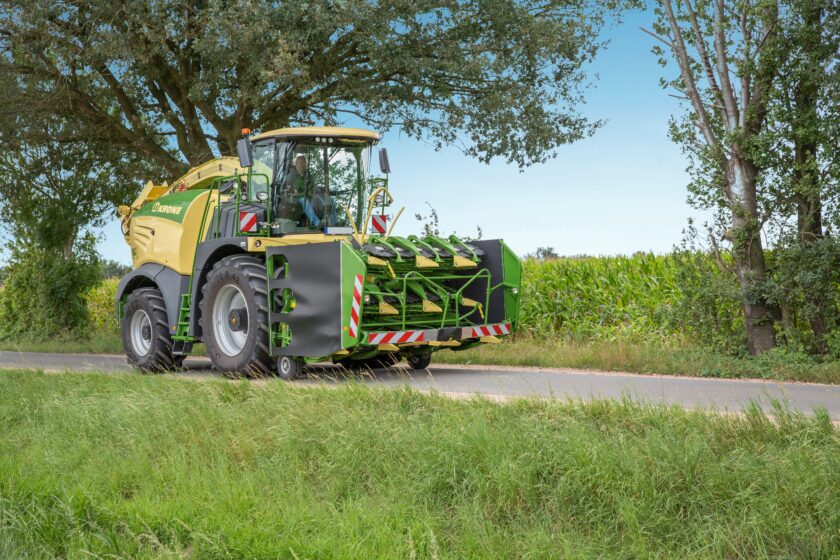
For these reasons, professional haymakers, whether farmers or contractors, need machinery with similar construction characteristics but varying in power and size. Collecting and chopping a swath of alfalfa hay differs from chopping barley or maize for silage. This range of situations requires a correspondingly wide range of technical solutions. Krone has structured a complete range of haymaking equipment, including large harvesters such as the self-propelled forage harvesters of the “Big X” series. With power ratings from 490 to 1156 horsepower, the highest in the industry, this series is traditionally appreciated for comfort, maneuverability, and high hourly productivity while maintaining the quality of chopping.
Krone “Big X” Series: two Families, ten Models
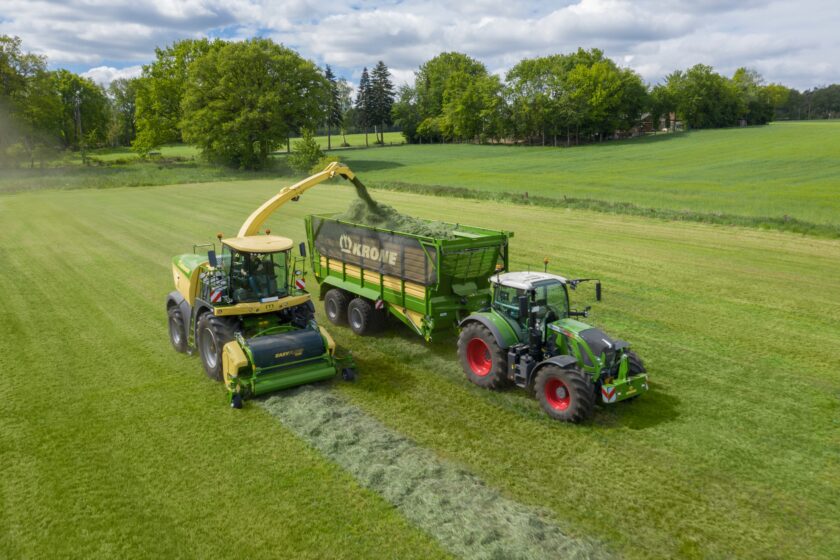
This has made them the benchmark for various agricultural practices, from hay collection and chopping to cereal harvesting and maize silage production. Since the mission profiles are numerous, the “Big X” series is offered in ten different models divided into two distinct sub-series. The first includes four compact choppers offering 490, 530, 593, and 653 horsepower. Equipped with six-cylinder MTU “1300” or “1500” series engines, depending on the model, these machines are primarily designed for collecting and chopping hay in swaths or chopping autumn-winter cereals.
Krone “Big X” Series: only Stage V Emission Engines
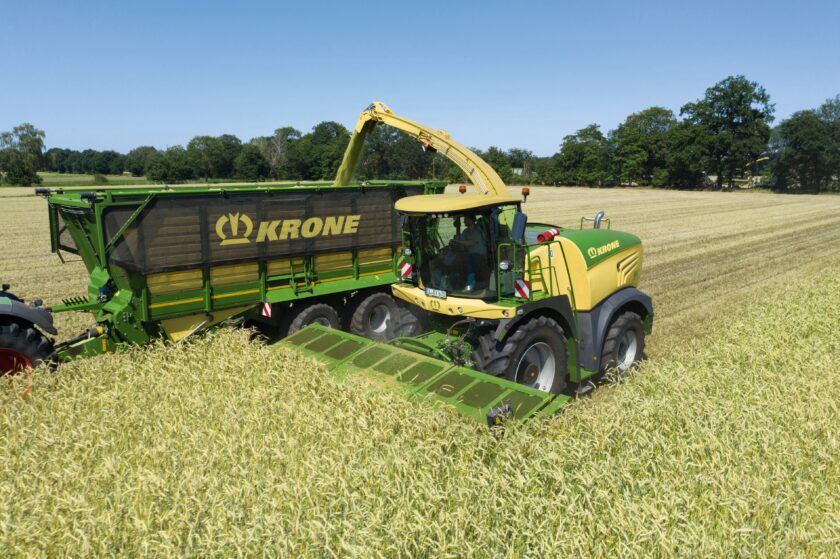
However, these machines can also be equipped with maize headers, though with lower performance compared to the six higher-end models. The “1300” series engines have a 12-liter displacement and power the 490 and 530 horsepower “Big X” models, while the “1500” series engines have a 15-liter displacement and power the 593 and 653 horsepower models. The six higher-end choppers are primarily focused on maize silage harvesting and offer power ratings of 687, 775, 898, 979, 1074, and up to the top-of-the-line 1156 horsepower, all powered by Liebherr “D 9508” or “D 9512” series engines. The first of these two series, with eight cylinders, powers the 687, 775, and 898 horsepower models, while the second, with twelve cylinders, powers the 979, 1074, and 1156 horsepower models. The displacements are also significantly higher, with over 16 liters for the “D 9508” series, exceeding 24 liters for the “D 9512” series. Regardless of the model, all engines in the “Big X” series meet Stage V emission standards.
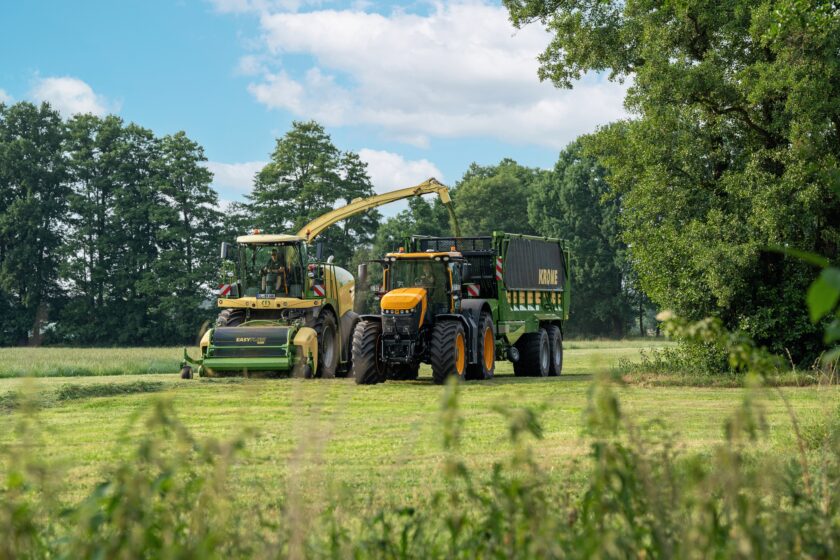
Meeting Every Need
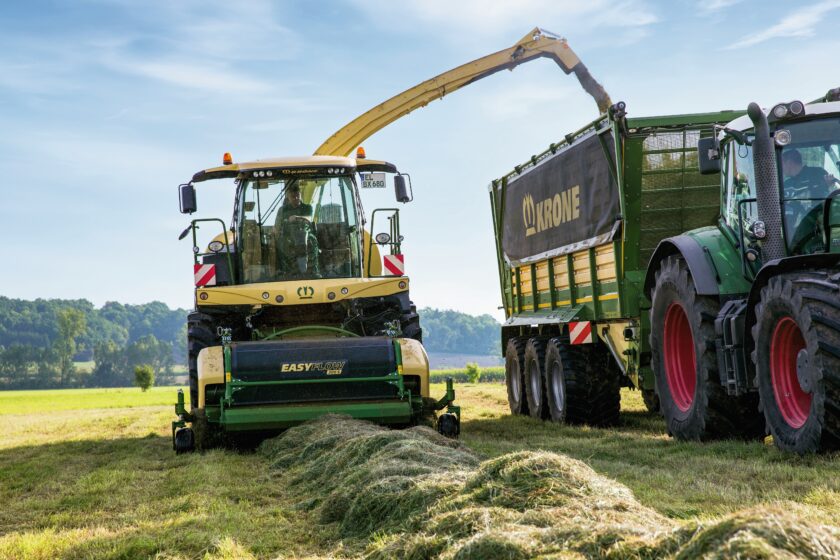
The performance differences of the various Krone “Big X” models are matched by appropriate working parts dimensions. For adequate chopping quality, the number of knives and the product flow width, and thus the rotor width, are crucial. The two sub-series of choppers are respectively equipped with rotors 630 or 800 millimeters wide and with “OptiMaxx” corn crackers. The first four models have 250-millimeter diameter rollers with a 570-millimeter width, while the six higher-end models also offer rollers with a 305-millimeter diameter and a 710-millimeter width. A common feature is the angled blade profile, creating an effective scissor effect for optimal shredding of plant material.
The cutting parts of the “MaxFlow” series, with 20, 28, or 36 knives, are the same. Specific biogas rotors with 40 knives, which can increase to 48 in the six higher-end “Big X” models, are also available. The fragment length can also be adjusted with the “VariLoc” system, allowing for a range from a minimum of four millimeters to a maximum of thirty, the latter being ideal for ensuring the presence of adequate structural fibers in maize silage. Additionally, the quick knife sharpening system allows for up to 2200 sharpening cycles before replacing the sharpening stone, compared to approximately 400-450 cycles of conventional systems.
Krone “Big X” Series: two Families, ten Models
Translation with ChatGPT





